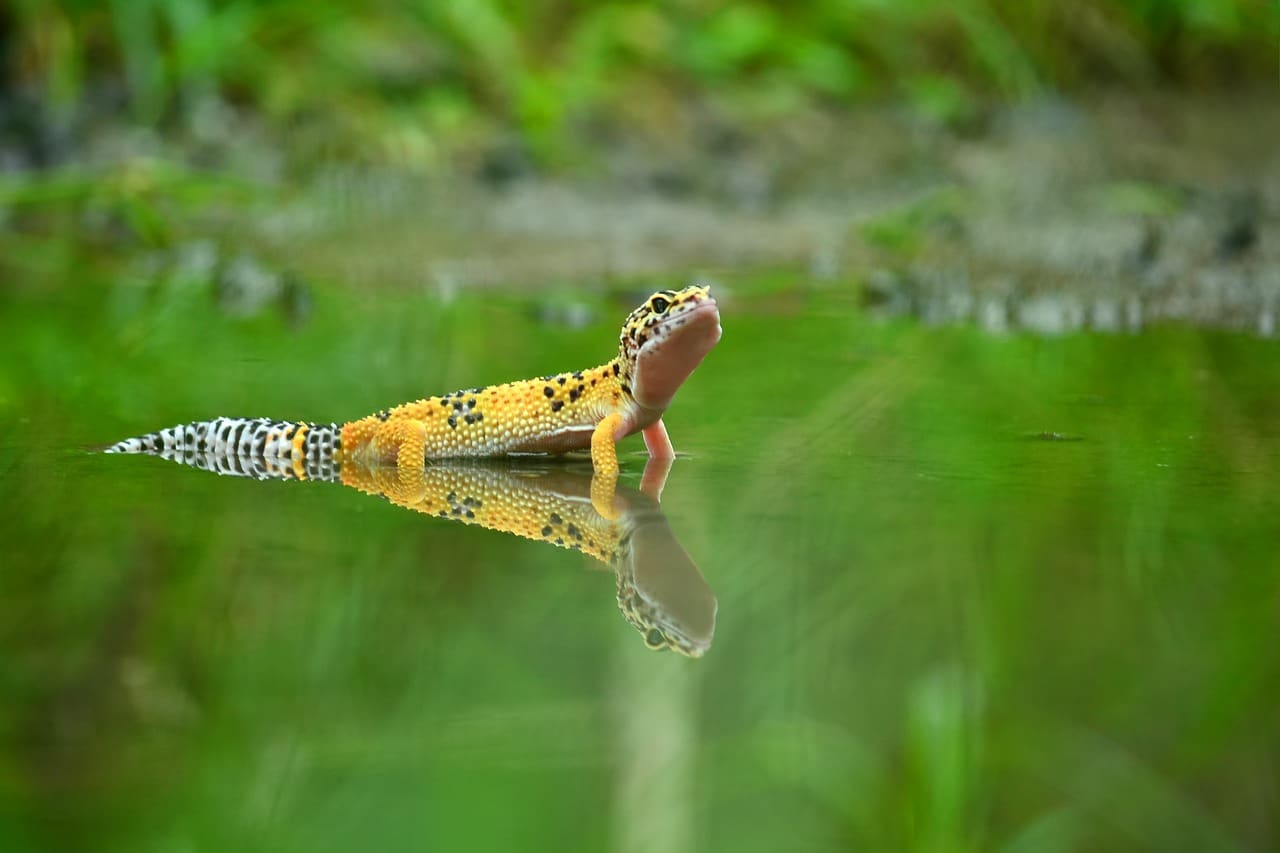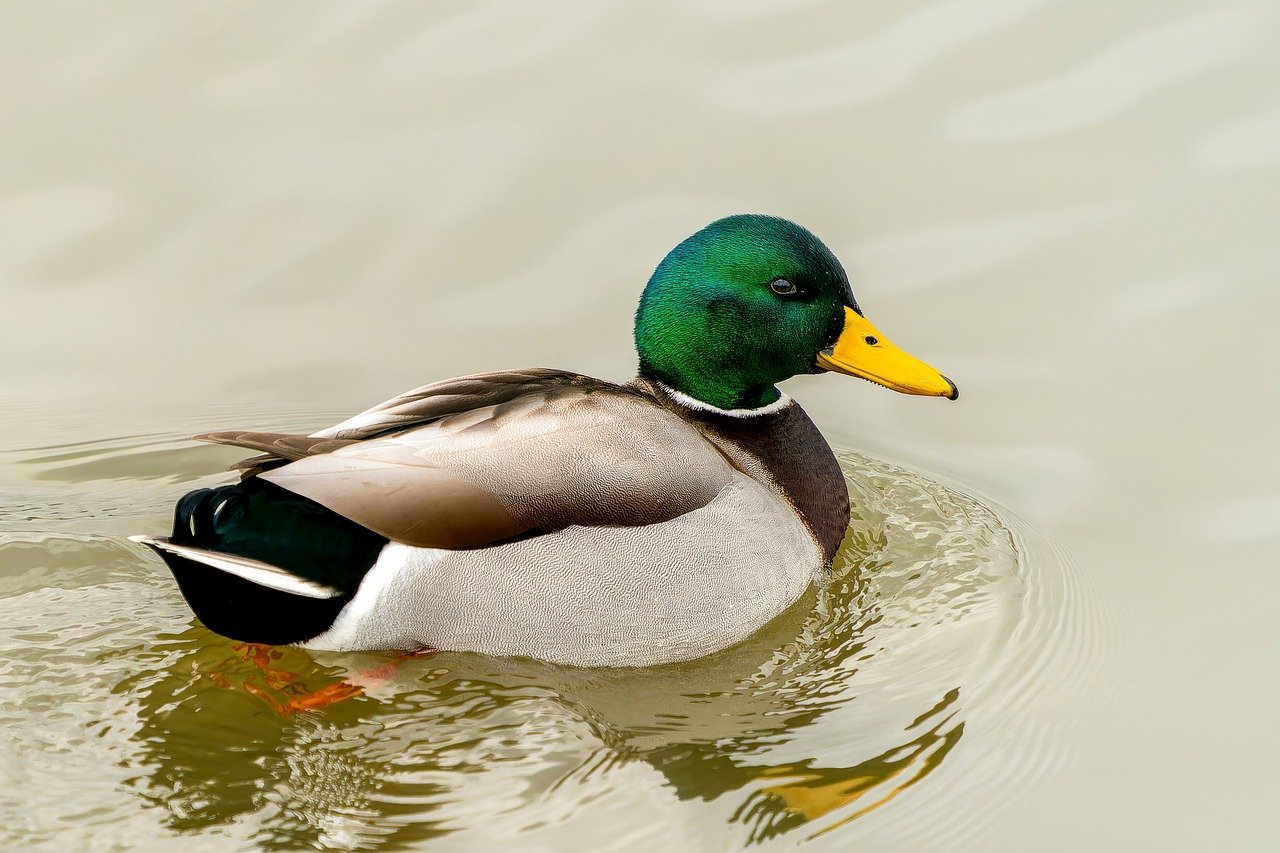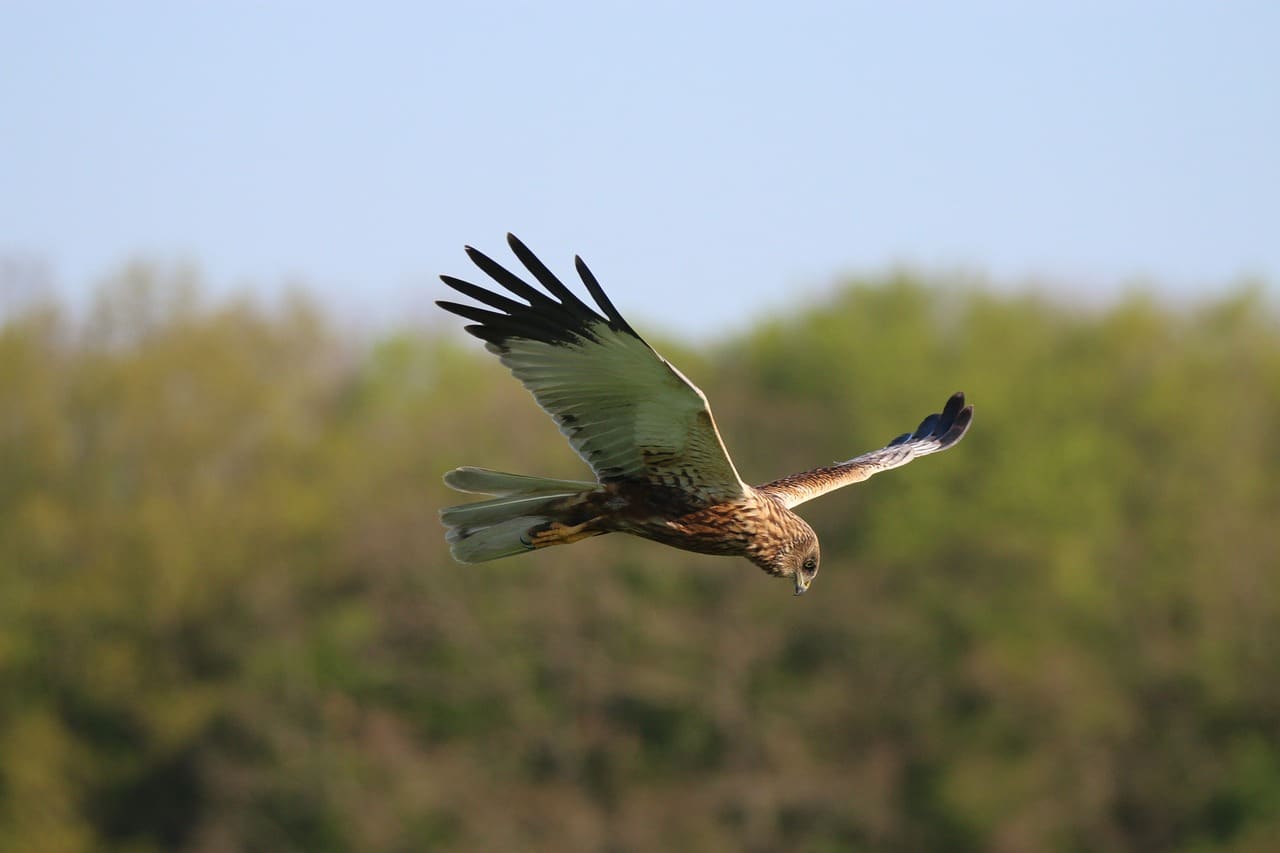 Shutterstock
Shutterstock
When most people think of animals walking on water, they envision something out of a science fiction movie. However, the animal kingdom is full of creatures that can perform this amazing feat in real life. Thanks to unique adaptations like specialized feet or extraordinary abilities, these animals can walk, run, or even glide across water’s surface. Defying the laws of nature, these remarkable creatures showcase the unbelievable feats nature is capable of, leaving us awestruck by their incredible talents and survival strategies.
Water Strider
 Shutterstock
Shutterstock
The water strider is often the first creature that comes to mind when we think of animals walking on water. These tiny insects use surface tension to their advantage, walking across water with ease. Their long, slender legs distribute their weight across the water’s surface, preventing them from sinking. Water striders can travel quickly across ponds and lakes, using their speed and agility to escape predators. Their ability to walk on water is a remarkable example of how evolution has allowed certain species to adapt to unique environmental challenges.
Basilisk Lizard
 Shutterstock
Shutterstock
Often called the “Jesus lizard,” the basilisk lizard is famous for its ability to run across the surface of water. This small reptile can sprint at impressive speeds, using its long toes to create pockets of air that keep it from sinking. The basilisk lizard’s rapid movements allow it to cover short distances across water, especially in situations where it’s trying to escape predators. Although it can’t walk indefinitely on water, its ability to briefly “run” across the surface is a unique and fascinating adaptation.
Frog
 Shutterstock
Shutterstock
Though frogs are known for their leaps, some species have developed the ability to “walk” on water. Frogs can use a technique called “surface tension walking,” where they press their webbed feet down onto the water, utilizing the surface tension to stay afloat. This ability is particularly useful for frogs that live in or near water and need to navigate its surface while hunting or escaping danger. While frogs aren’t known for running on water like the basilisk lizard, they do have a unique way of moving across the surface.
Gecko
 Shutterstock
Shutterstock
Geckos, known for their sticky feet and ability to climb vertical surfaces, have another fascinating ability: walking across water. Their specialized feet, which have tiny hair-like structures, allow them to create an adhesive bond to a variety of surfaces, including water. When they move across the water, they can distribute their weight evenly, allowing them to “walk” across the surface. While geckos don’t sprint across the water like the basilisk lizard, they can move slowly and steadily across small bodies of water without sinking.
Duck
 Shutterstock
Shutterstock
Ducks, while well-known for their ability to float on water, are also capable of walking on it. They do so by making quick movements with their webbed feet, paddling furiously to avoid sinking. Ducks’ legs are perfectly adapted for walking on water, allowing them to balance and take steps on the surface. Ducks often “walk” on water when they are trying to move between bodies of water or when they are navigating shallow ponds. Their technique is unique, combining elements of walking and swimming seamlessly.
River Otter
 Shutterstock
Shutterstock
River otters are playful creatures that are frequently seen sliding and swimming through water. However, they also can “walk” on water. When they swim, their powerful limbs help them glide quickly across the surface, but they are also able to make short, quick movements on top of the water. River otters use their natural swimming abilities and specialized legs to take quick steps across the water, especially when they need to cover shorter distances between swimming spots or are hunting for food.
Sea Bird
 Shutterstock
Shutterstock
Sea birds like seagulls and pelicans have developed the ability to walk on water, particularly when they take off or land. As these birds approach the water, they often use their webbed feet or wings to briefly touch the surface, giving them enough support to lift off. This ability is especially useful for species that live near coastal areas, where they need to glide across water or pick up food from the surface. Though they can’t walk on water for extended periods, these birds can touch down on the water and take off again with ease.
Water Snakes
 Shutterstock
Shutterstock
Water snakes, which live in aquatic environments, are capable of moving across the surface of the water. These snakes utilize their muscular bodies to glide smoothly across the water, creating minimal disturbance. They can move across the surface as if walking, using their undulating bodies to push against the water. Their ability to stay afloat and move without sinking makes them one of the most efficient water-walking reptiles. Water snakes are perfectly adapted to life on and in the water, using their unique movement to hunt and navigate.
Water Vole
 Shutterstock
Shutterstock
Water voles, often found along riverbanks or marshy areas, are semi-aquatic rodents that have adapted to walking on water. They use their webbed feet to paddle across the surface, gliding over the water with ease. Their small size and specialized legs make them agile swimmers and walkers. While they don’t spend all their time on water, water voles can often be seen moving from one location to another by briefly walking or running across water. This ability allows them to efficiently access food and evade predators.
Froghopper
 Shutterstock
Shutterstock
Froghoppers, also known as spittlebugs, are tiny insects that can “hop” across water with impressive agility. While they don’t walk on water, their powerful jumping abilities allow them to leap from one surface to another, including across the water. These insects use their strong hind legs to propel themselves, and when they land on the surface of the water, they briefly appear as though they are walking. Their water-crossing leaps are short but fast, which helps them avoid predators.
Skimmer Dragonfly
 Shutterstock
Shutterstock
Skimmer dragonflies are known for their impressive flying abilities, but some species also display the remarkable skill of walking on water. Their long, slender bodies and wings allow them to glide gracefully above the surface, and their feet are designed to support them briefly on the water. When hunting for smaller insects on the surface or evading predators, they can skim over water in a rapid, efficient manner. These dragonflies use both their flight skills and surface-contact abilities to navigate their aquatic environments.
Marsh Harrier
 Shutterstock
Shutterstock
Marsh harriers, a type of bird found in wetland areas, can also be seen briefly walking on water. When they hunt or scavenge along the water’s surface, these birds land on shallow water and use their strong talons to grip the surface. Their flight and agility allow them to take off quickly once they’re done scanning for food. Although their time walking on water is short-lived, marsh harriers are highly skilled hunters who often interact with the water in this remarkable way.
Tiger Salamander
 Shutterstock
Shutterstock
The tiger salamander, a species that thrives in aquatic environments, is capable of walking across the surface of water with surprising ease. This salamander uses its webbed feet to create enough surface area to allow it to move across water without sinking. As a semi-aquatic creature, it is equally at home on land and in water, and its ability to walk on water is an essential skill for navigating between different aquatic habitats.
The Wet World Of Walking Wonders
 Shutterstock
Shutterstock
After seeing these incredible water-walking animals, it’s hard not to be amazed by nature’s creativity. Many of these creatures have evolved unique adaptations to thrive in water-rich environments. While not all of them technically walk on water, their abilities are still awe-inspiring and showcase the marvels of evolution. It’s remarkable how animals can exploit every part of their environment, including the water’s surface. As for us humans? Maybe it’s time to start learning to walk on water, too—nature has set the bar high!
 Toledo, United States.
Toledo, United States.